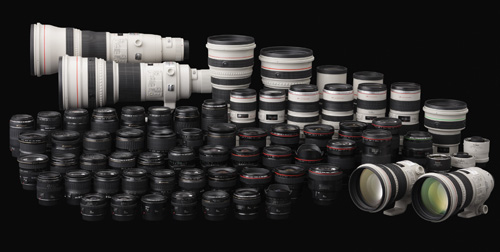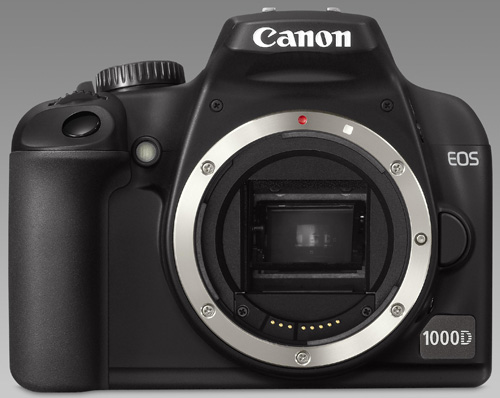Original URL: https://www.theregister.com/2010/09/10/grouptest_budget_dslr_cameras_buyers_guide/
Buyer's Guide: Budget DSLR Cameras
Optic verve
Posted in Personal Tech, 10th September 2010 07:00 GMT
Group Test With DSLRs costing anything from £300 to over ten times that much, it's interesting to note that there's not always a huge difference in image quality between cheap and expensive models.

While expensive models such as the Nikon D3s offer superlative performance in low light and at high ISOs, lower down the scale telling the difference between two DSLRs is often an exercise in splitting hairs. More than anything, the calibre of lens attached to a camera often will determine the quality of the final image rather than the camera itself.
That means that the lens that comes with a budget DSLR is hugely important. If this is the first DSLR you've ever owned, it's likely you'll keep the kit lens for a while, so it helps if you’re supplied with one that has a decent zoom range and good optical performance. In short, you want little or no chromatic aberrations (purple fringing in areas of high contrast), minimal barrel distortion, and good edge-to-edge sharpness.
If a kit lens isn't optically stabilised, in-body stabilisation is a worthy alternative. In this mode, image stabilisation is applied to the sensor, shifting it very slightly to compensate for shaky hands. In a way, in-body stabilisation is better for those who want to accumulate a decent catalogue of lenses, as non-stabilised lenses tend to be cheaper.
You should also consider your long-term goals. If you want to start selling your pictures, or move from general photography into nature or sports, you need to think about which lenses your camera supports. Canon and Nikon are at an obvious advantage here, with the widest range of lenses. Once you’ve chosen a body, it may be worth looking into how many own-brand lenses and accessories are available for it.
Performance is another consideration. While you might only be buying a DSLR to make sure your next batch of holiday prints look the business, sooner or later you'll want to try something more demanding.

Continuous shooting speeds are measured in frames per second, and obviously vary by which body you're looking at. You should consider the maximum speed your camera will hit, and how much that rate varies depending on whether you're shooting JPEGs or much larger RAW files.
Autofocus is also crucial. The number of autofocus points not only determines how accurate your camera will be in automatic mode, but also how flexible you can be when composing a shot. How well a DSLR locks on to and tracks a target in the frame is another consideration.
More than anything, a budget DSLR should be easy to use. Naturally, all of the cameras on test include the full gamut of modes: a fully automatic mode for fire-and-forget photography, plus shutter and aperture priority, and full manual for those who want to go it alone. However, for new photographers, concepts such as f-stops and ISO require explaining, so a camera with a decent in-body help or wizard mode is a definite plus. ®
Next: Canon EOS 1000D
Budget DSLR Camera Group Test